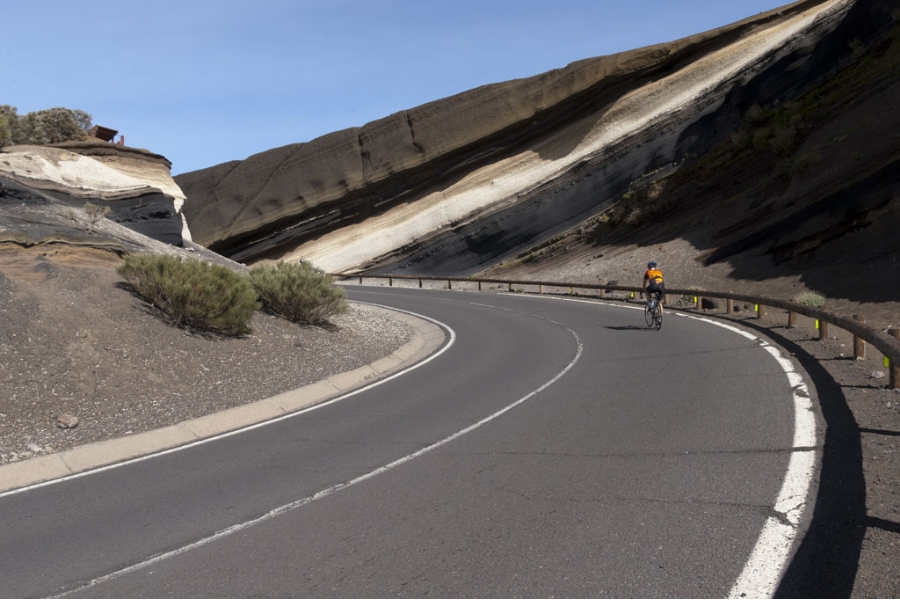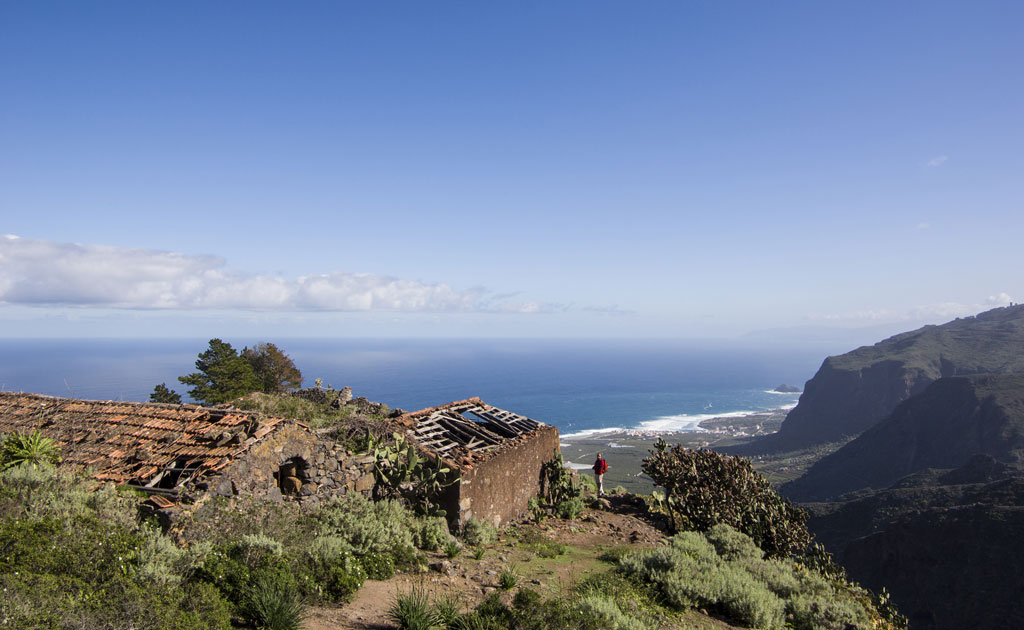Heritage of Cultural Interest on the network of trails.
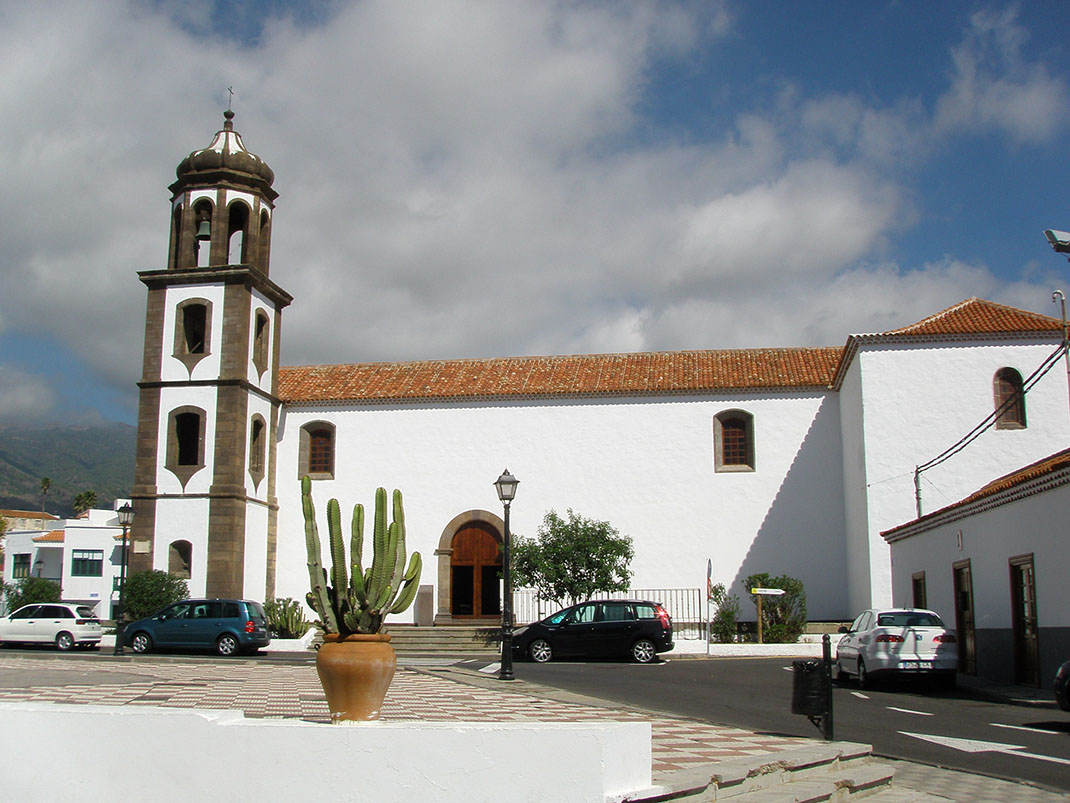
In Tenerife there are more than 200 assets listed as Heritage of Cultural Interest (BIC).
Below you will find details on those that are found on the Tenerife ON trail network:
- Conjunto histórico Arona - The BIC (Asset of Cultural Interest) zone includes the centre of Arona where the town was founded, with its primitive hermitage built in honour of San Antonio Abad (Saint Anthony), by Antón Domínguez “el Viejo” in 1625, renovated and extended in 1796 and at the beginning of the 19th century. Of particular note are the collection of stately homes that surround the parish church, and the layout of cobblestone streets, that make this one of the best preserved historical centres on the island.
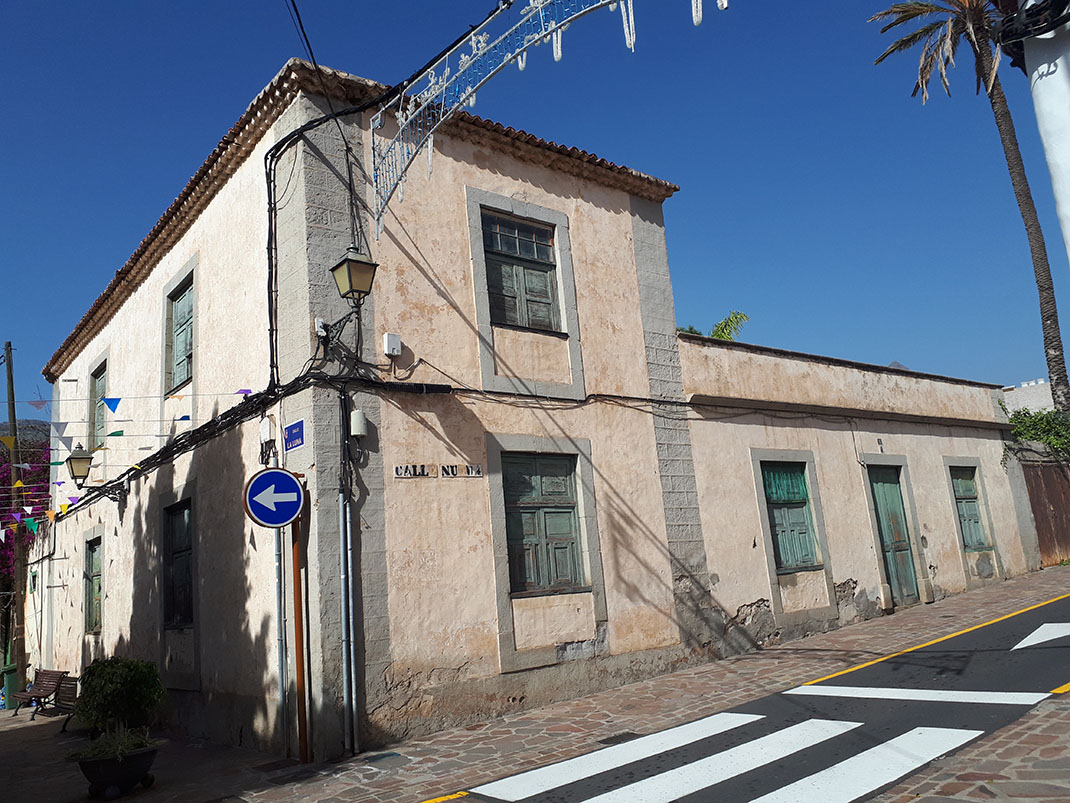
Related trails:
- Conjunto histórico Guía de Isora - As with the majority of municipalities in the Canary Islands, the historical centre of Guía de Isora developed following the first religious structure. It is thought to date back to at least the first half of the 16th century, as there is documentary evidence from this time relating to the construction of a religious building. It was extended in the 18th century and underwent significant changes in the 19th and 20th centuries, before taking on its current appearance. In terms of civil architecture, there are some buildings that date back to the 18th century, although most were built in the 19th century, when eclecticism and neoclassicism were the dominant styles.
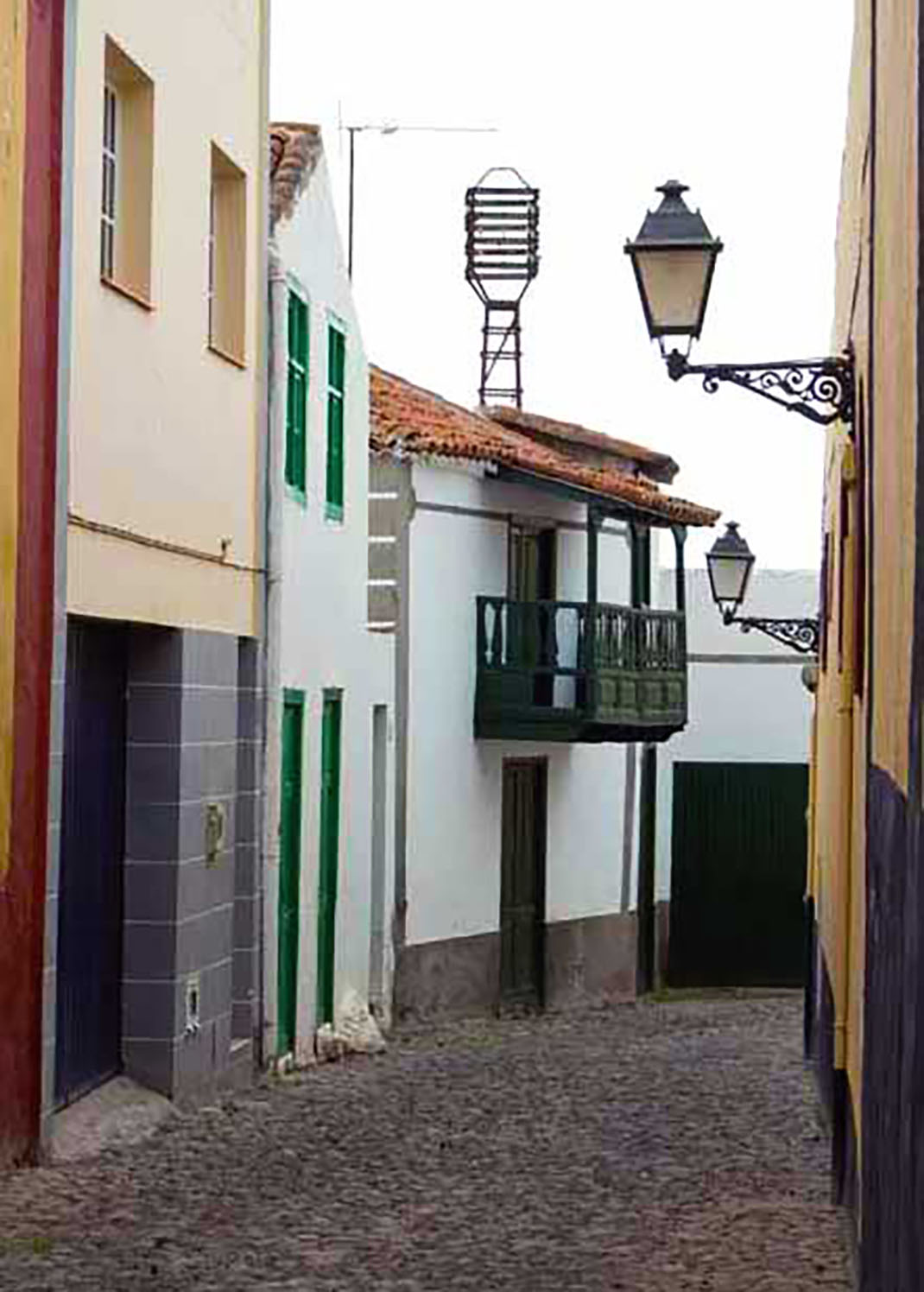
Related trails:
- Antiguo Convento Franciscano de Nuestra Señora de Los Ángeles en Garachico - The Franciscan convent of Our Lady of the Angels was erected in 1524 thanks to patronage from Genoese Cristóbal de Ponte, who donated a section of his land lying next to an existing 16th century hermitage devoted to the Virgin Mary. It contains two cloisters, nowadays used by the town council, and a church with an adjacent chapel dedicated to la Misericordia (the Divine Mercy). This is the oldest convent in the municipality, and it possesses two stonework entrances with pediments and columns.
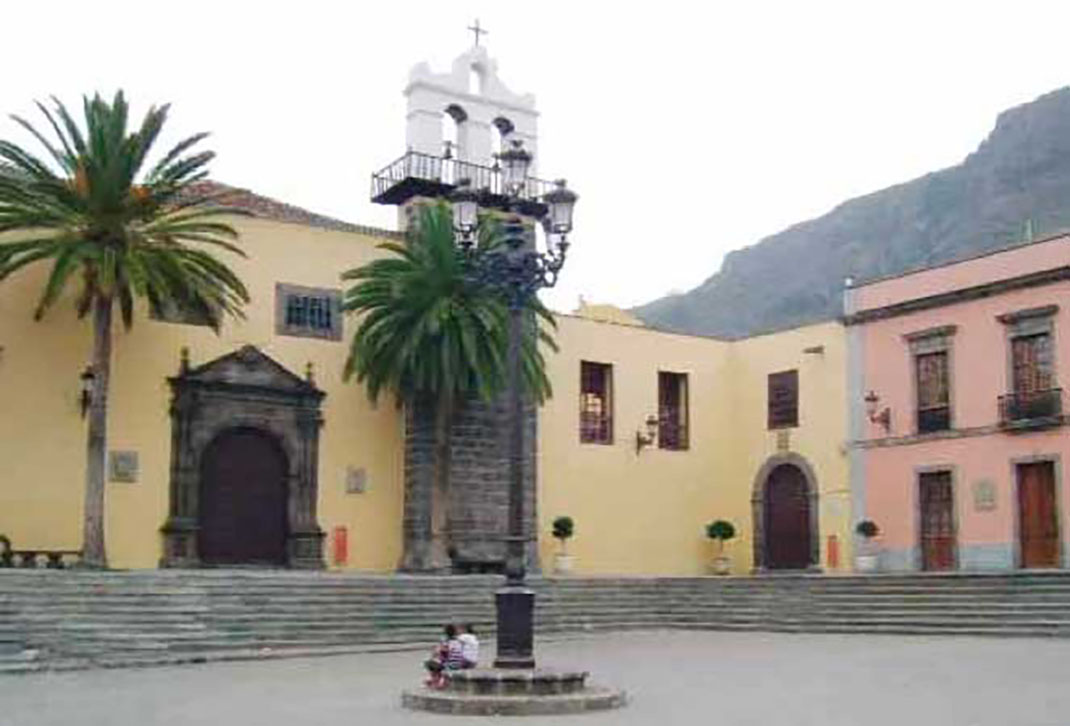
Sendero relacionado:
- Castillo de San Miguel en Garachico- Strategically located to the right side of the inlet leading towards Garachico’s former natural harbour, these days it is situated along Tomé Cano avenue, which surrounds the historical centre along the side of El Caletón. Its function was the same as that of former structures: to defend the entrance to the wide natural bay, that was buried by the 1706 eruption. It has a square layout, with a small entranceway facing south, crowned with various coats of arms.
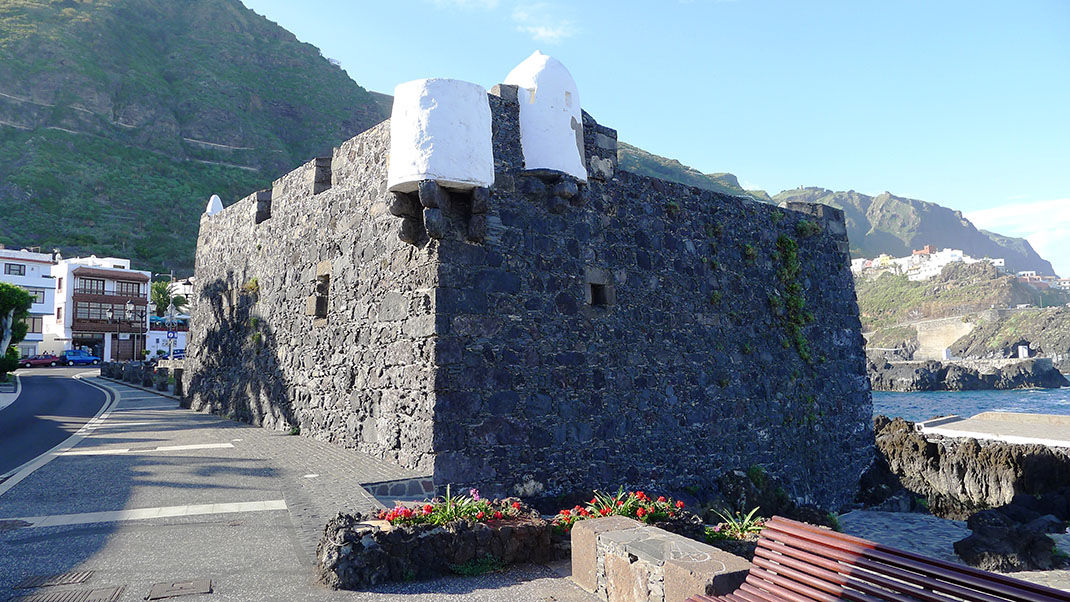
Related trails:
- Conjunto Histórico Villa y Puerto de Garachico - There are very few cities whose future has been determined by the events of just one day. Yet Garachico faced a natural occurrence that marked a clear before and after point for the town: the eruption of the Arenas Negras volcano in 1706. Lava spewing from this volcanic cone engulfed a large part of the mid-altitude zones, the historical centre and its port, causing huge destruction to the property, economy, and of course, local life, in this town in the Daute region. The reconstruction that began of the town’s architecture and street plan remains intact today, although the town did undergo certain changes in the 19th and 20th centuries, as can be expected in any developing society. Despite the destruction caused by the volcano, some stately homes and religious buildings did survive, and they now sit within the urban layout, lying parallel to the coast.
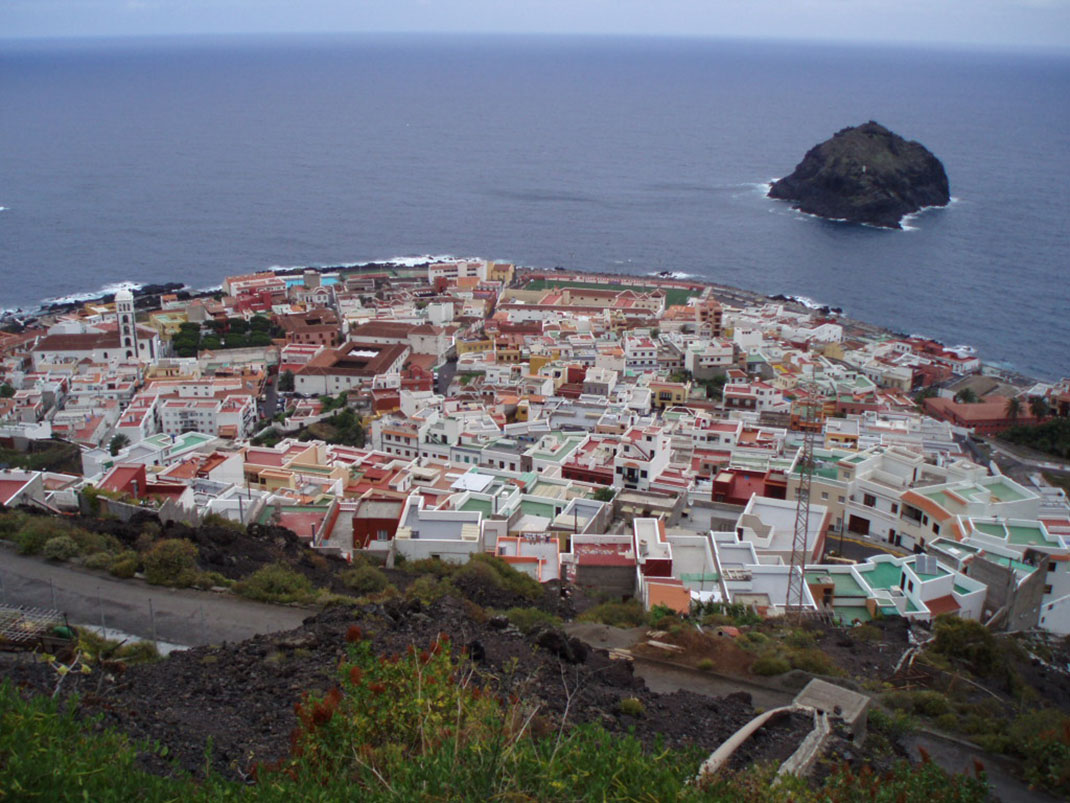
Related trails:
- Iglesia de Santa Ana en Garachico - Saint Anne’s church is located on land donated in 1520 by the wealthy Genoan Cristóbal de Ponte, and probably takes its name from the benefactor’s wife, Ana, as was customary at the time. Damaged by the Trevejo volcano in 1706, which destroyed a large part of the town and port, it required rebuilding, and was enriched with property from other convents in the area. It has three naves and three chapels in the east wall, the largest of which is highly decorated.
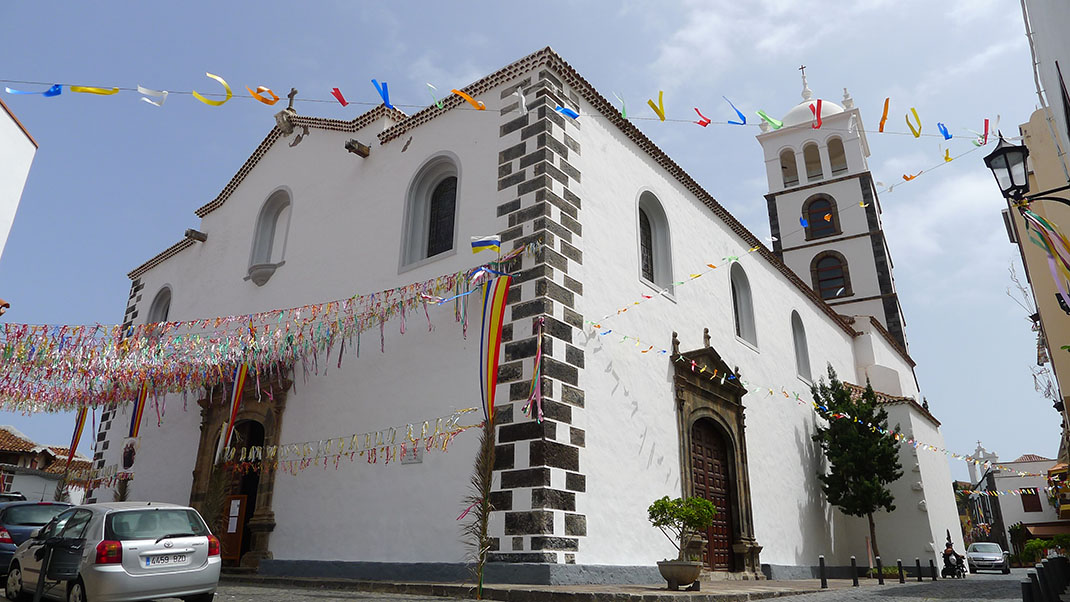
Related trails:
- Conjunto Histórico El Realejo Alto - The historical centre dates back to the final stages of the island’s conquest by the Adelantado, Alonso Fernández de Lugo, and his troops, who went on to set up “El Real” (the royal) camp, in the area that would later become known as “El Realejo de Arriba” (upper) and “de Abajo” (lower). This complex underwent significant changes in the 20th century, yet some notable homes were preserved, especially along calle El Medio Arriba, including examples of 18th century architecture with an L-shaped layout and exterior corridor, and examples of the eclectic style from the 19th and 20th centuries.
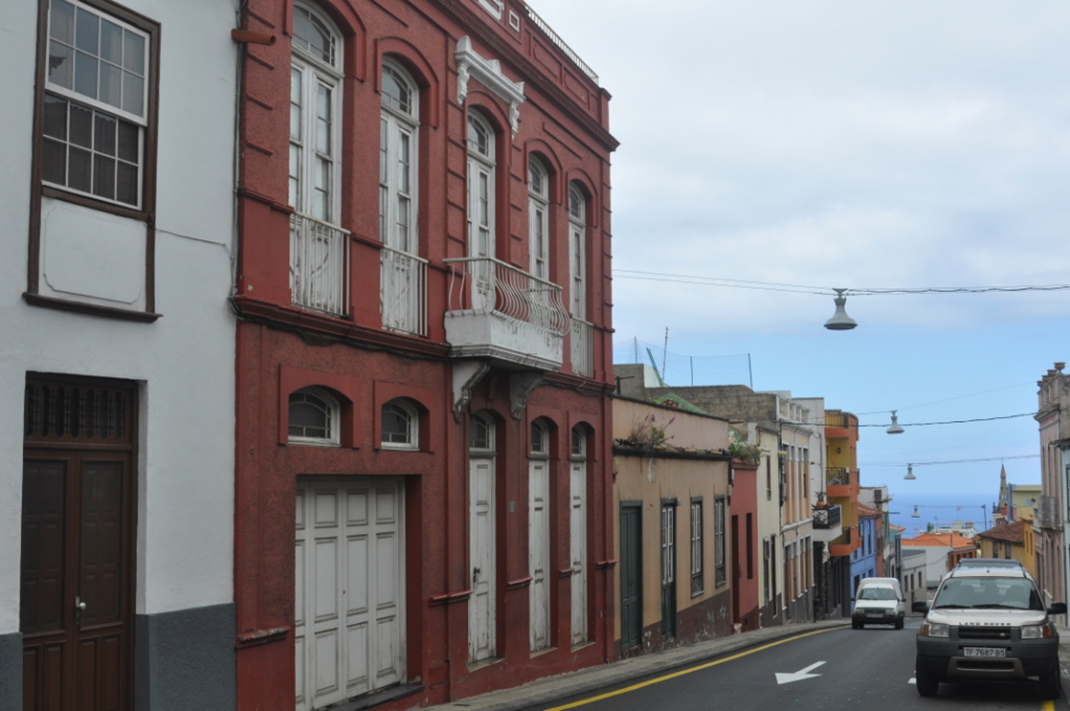
Related trails:
- Iglesia de Santiago Apóstol en Los Realejos- The religious complex here is linked to the surrender and baptism of the nine Guanche Menceyes (aboriginal kings), following colonisation by the Castilians. The Apostle, appearing on horseback, is associated with the victorious hero, drawing an analogy with the triumph of Christianity over this aboriginal land, and finalising the process of the islands’ conquest. It was designated the first parish in the Taoro region by Bishop Fernando Vázquez de Arce in 1498. Today it possesses three naves with central chapels. Of particular note are the altarpieces, one dedicated to Saint Barbara, attributed to Guillermo Veraud, and notable sculptures, including one of Saint Barbara by Pedro Duque Cornejo, the Nazarene by Martín de Andújar, and the Virgin of Los Remedios by Fernando Estévez.
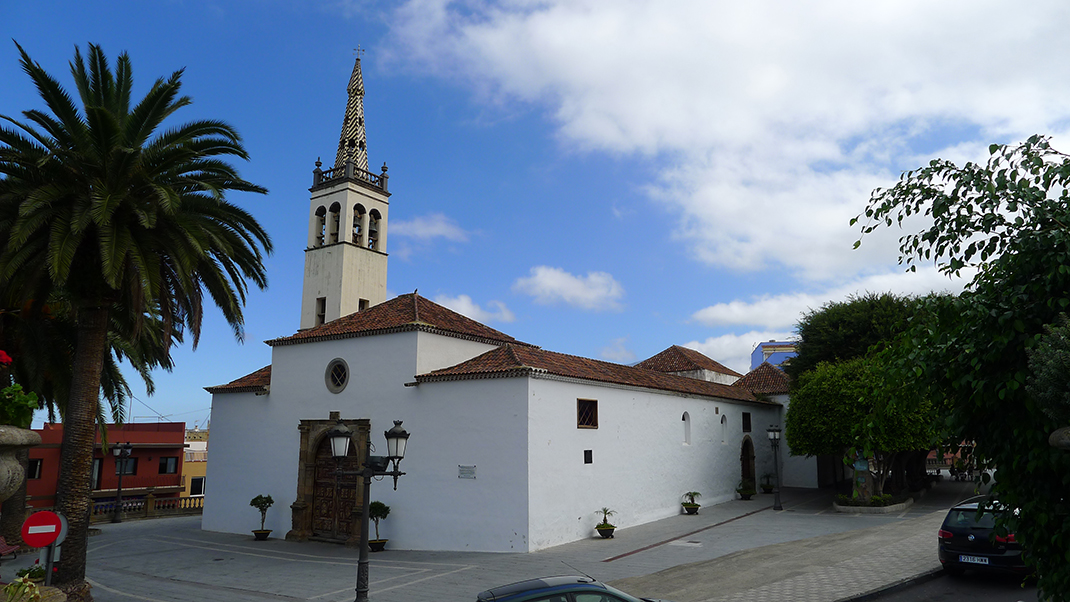
Related trails:
- Antiguo Convento de San Bernardo en Los Silos - The San Bernardo (Saint Bernard) convent was founded on 31 August 1649 by Captain Sebastián Pérez Enríquez and his wife, Luisa Francisca Montañés, who were responsible for the first stage of construction and material assets. At least three of their daughters served there, beginning their monastic journey together with five other women as founding nuns. However, the extreme poverty faced by both the convent and the area in which it was located, meant that it never developed in the same way as other, similar institutions in Garachico, Icod, Los Realejos, La Orotava, Puerto de la Cruz and La Laguna. Of particular note is the cloister with its interior patio and humbly carved, wooden corridor, and the single-nave church with its main chapel, located on the side, opening out onto the main square.
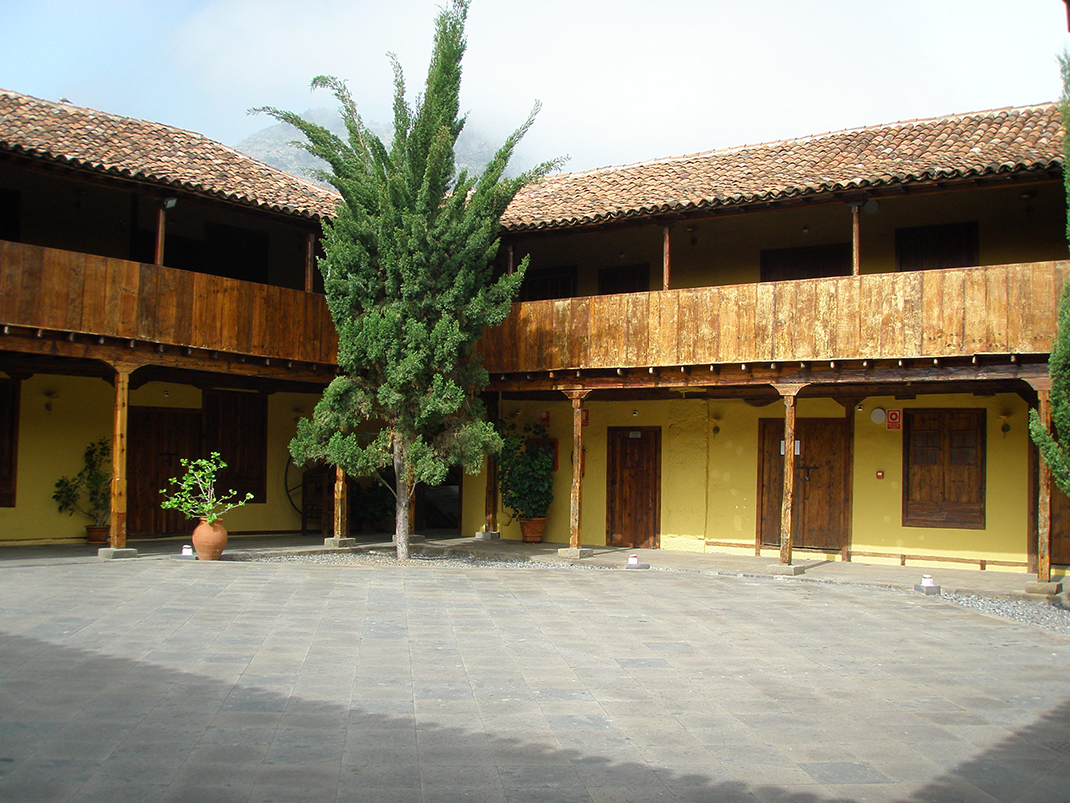
Related trails:
- Conjunto histórico Los Silos- The agricultural past of Los Silos is extremely evident throughout the history of the municipality, even in its name. Part of the former Daute region during the aboriginal period, it took its name from the underground grain stores (silos in Spanish) built by Gonzalo Yanes, a vestige of the Adelantado’s resourcefulness. Throughout history its main square and the Iglesia de Nuestra Señora de la Luz (Our Lady of the Light church) have been the very centre of the municipality, from where the main streets lead out across the historical urban centre: Estrella and Benítez de Lugo; and Doctor Jordán and El Olivo. The protected area is bordered in the east by the Plazoleta de la Constitución, and in the west by the Plaza del Calvario. It is between these points that the most notable structures are located, such as the Town Hall building, the kiosk in the main square and the two-storey homes with balconies and sash windows, built around a central patio.
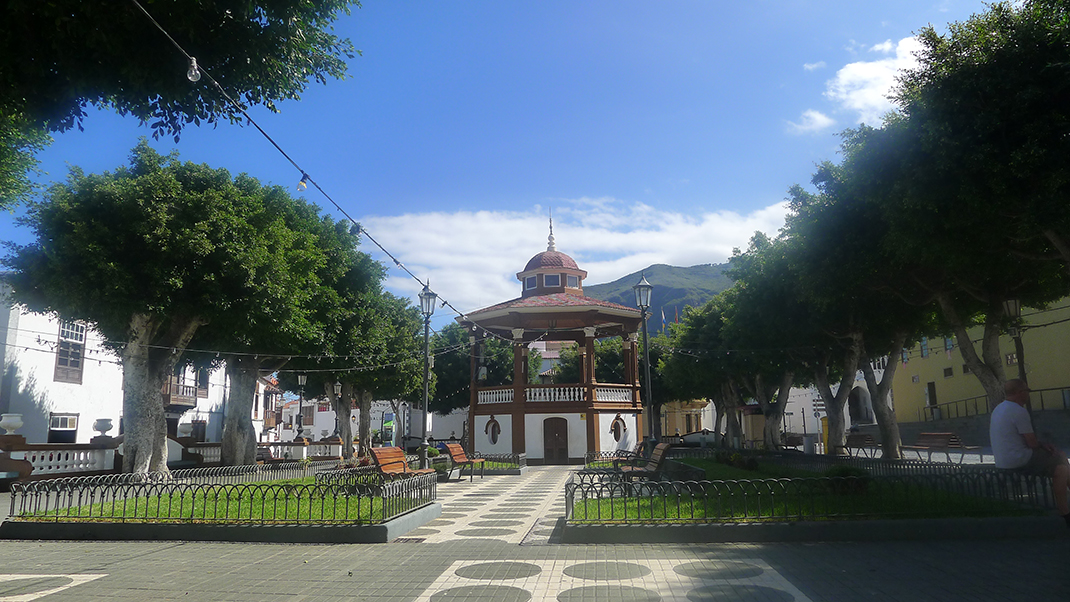
Related trails:
- Ermita de Santa Catalina en el Parque Rural de Anaga - The hermitage dedicated to Santa Catalina (Saint Catalina) the Martyr in Taganana dates back to the 1620s. On 4 May 1621, the chief mason Juan García, resident of Realejo Bajo, laid out very specific plans for its construction: “a hermitage measuring 30 feet long […] and 18 feet wide, with walls 3/4 of a vara thick”. It was built according to plan over the following months, although it didn’t receive official status until the Mayor and the Parish Priest signed alongside other neighbours, in representation of all, in 1630. Thus the construction was located at one end of the town’s main square, opposite the parish church and alongside its most prominent homes. It has always been a modest structure, maintained for worship with limited resources.
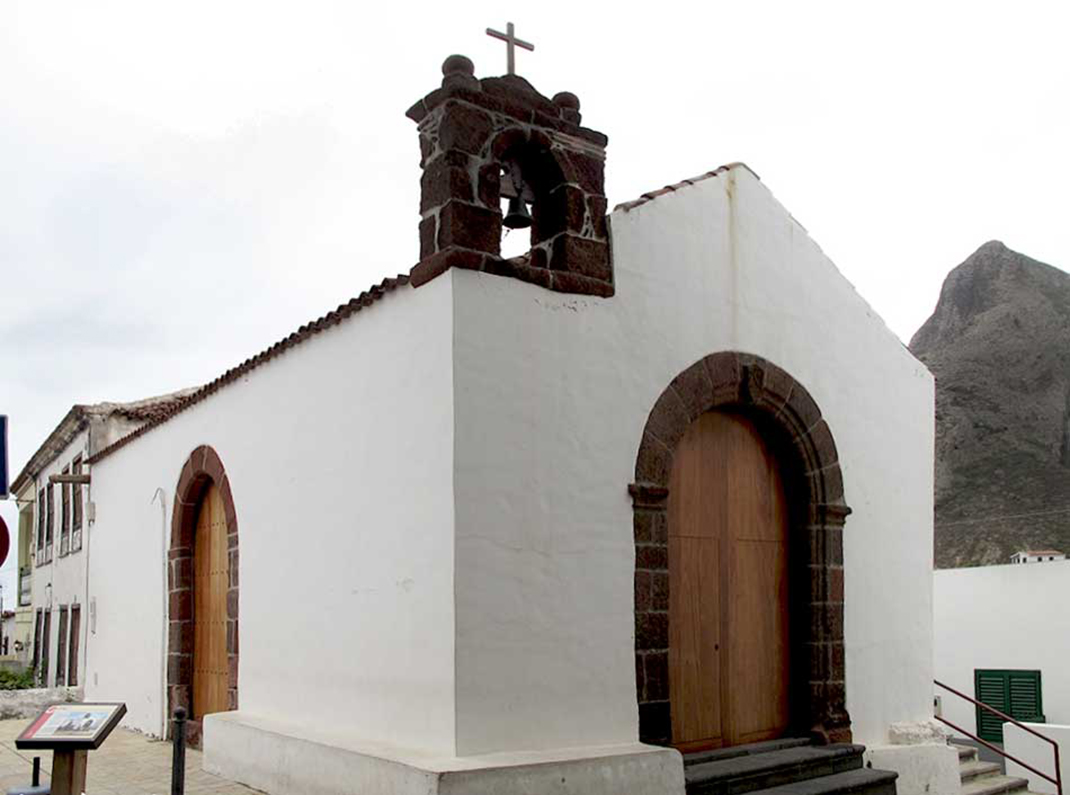
Related trails:
- Iglesia de Nuestra Señora de las Nieves en el Parque Rural de Anaga - Documents from the year 1507 mention for the first time the existence of a religious compound dedicated to Nuestra Señora de las Nieves (Our Lady of the Snows), in the fertile Taganana Valley. The hermitage was enlarged over the years by families and religious fraternities to include three naves, each with their own chapel, plus a side chapel. Of particular note inside are the Flemish triptych of the Adoration of the Magi, the Cristo del Socorro, and the 16th century sculpture of the Virgin herself.
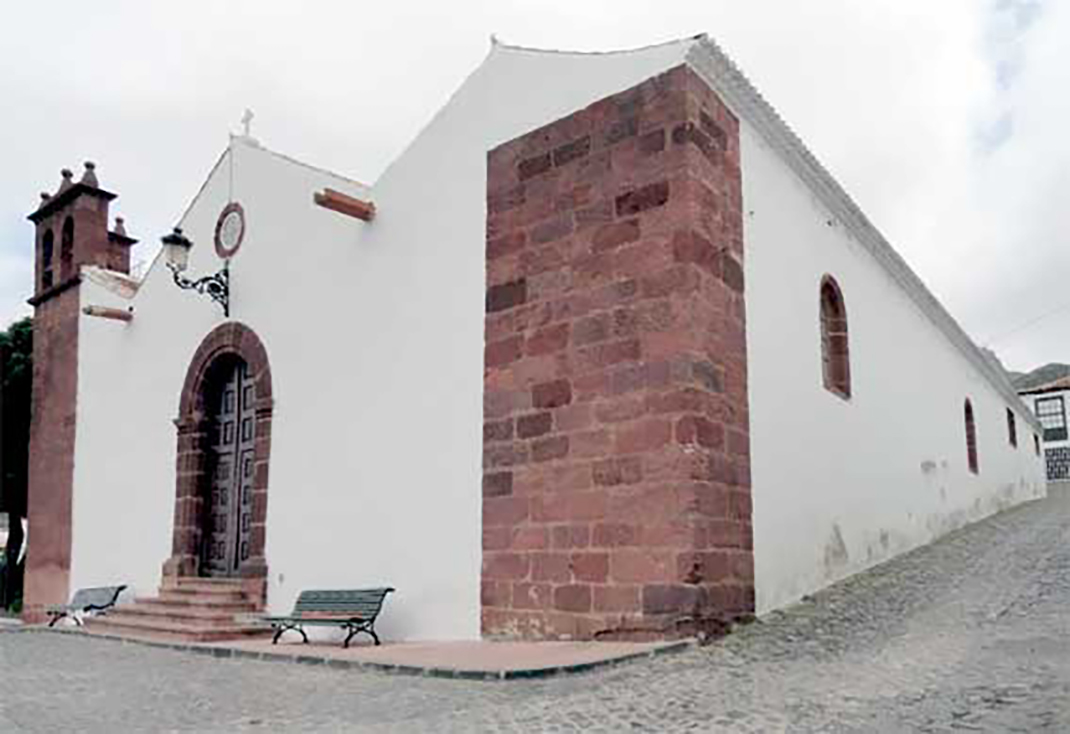
Related trails:
- Casa del Patio en Santiago del Teide - In 1663, the Señorío del Valle de Santiago was constituted by Fernando del Hoyo Solórzano y Alzola, Maestre de Campo of the provincial militias. The large estate belonging to the Marquises of San Andrés was built at this time, according to some authors between 1665 and 1668, serving as the stately residence of Don Fernando in the Villa de Santiago. It has been the most emblematic building in the valley ever since. Another Royal Decree in 1679 authorised the founding of an entailed estate, including patronage of the hermitages at San Juan Bautista (Saint John the Baptist) of Taco (Buenavista del Norte) and Nuestra Señora del Rosario (Our Lady of the Rosary), in Tejina de Isora. The Island Council fiercely opposed the creation of this lordship, and many of the island’s towns proposed to repurchase this new jurisdiction, in addition to the lordship of Adeje.
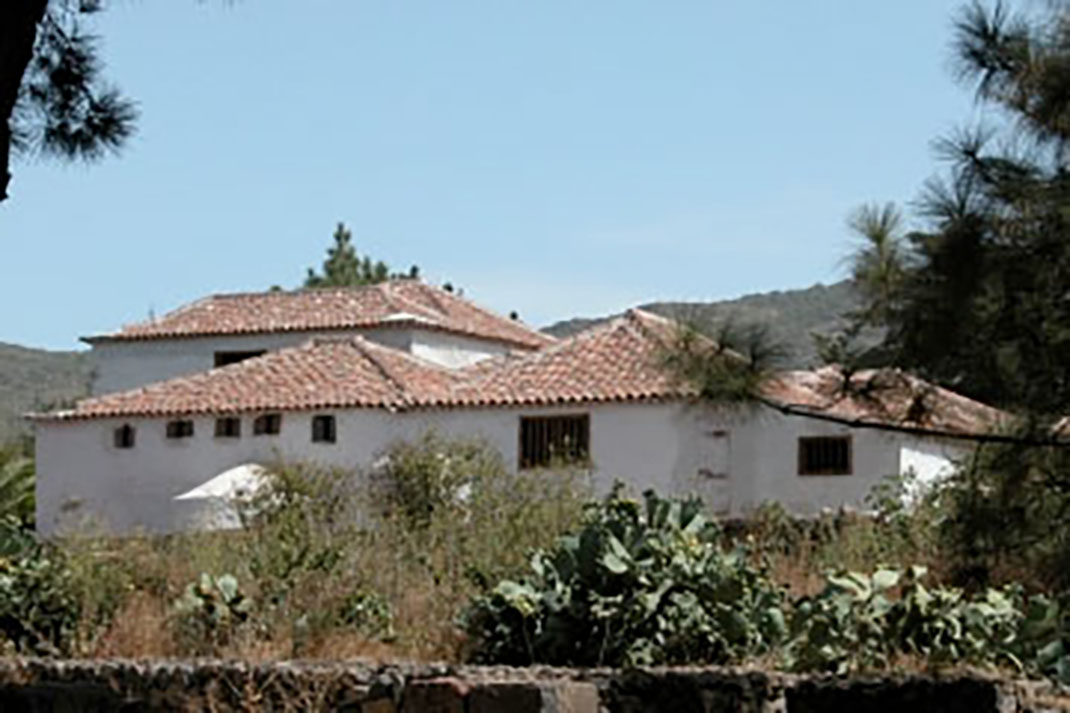
Related trails:
- Conjunto histórico Tegueste- Tegueste has a unique geographical distribution among the municipalites of Tenerife, as it completely surrounds another, La Laguna. It takes its name from the former “menceyato” (aboriginal kingdom), which had been under the authority of La Laguna since the Castilian conquest (until it was named an independent municipality by the Cádiz Cortes). The distribution of lands carried out by the Adelantado led to the transformation of an almost untouched natural landscape. According to records, rights to land, water and pastures were awarded to Fernando de Llerena, Guillén Castellano, Juan de Almansa, Francisco Melián, Gonzalo del Castillo, and Juan Zapata, among others. The urban centre has an almost square layout, and is distributed around the San Marcos (Saint Mark’s) parish church. Its outer limits are defined by the Agua de Dios ravine, the Camino del Caidero bridge and the Casa de la Palmera.
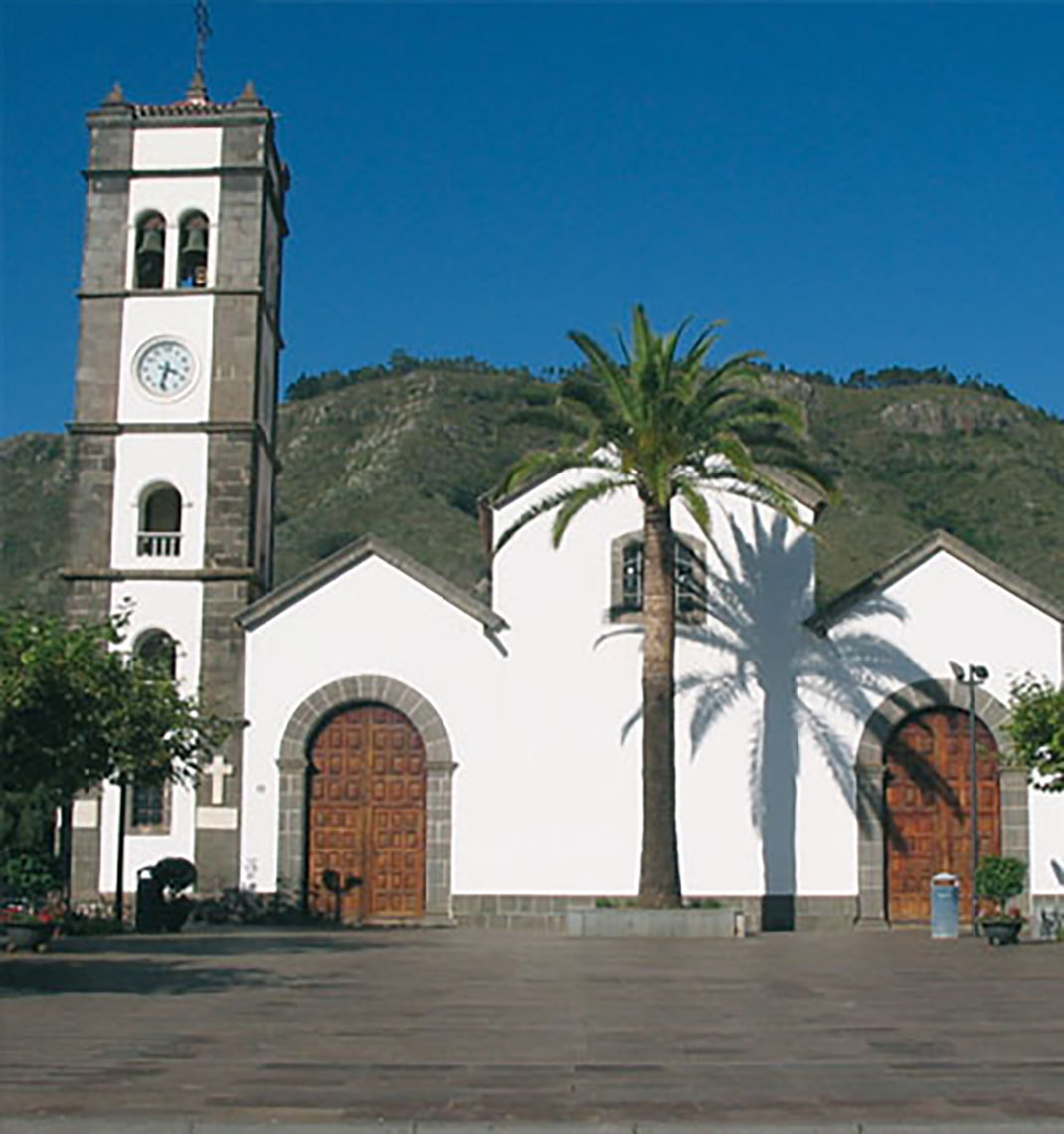
Related trails:
- Iglesia de San Pedro Apóstol en Vilaflor de Chasna - Saint Peter’s church in Vilaflor or Chasna has a history that dates back to the 16th century, when the devotional aspirations of Pedro Soler and his wife, Juana Padilla, led to its founding. These were the most influential landowners in the town and the region, which was their permanent home, and those responsible for raising the first hermitage around the year 1530. It was not given parish status until 1568, and for more than two centuries went on to include in its broad jurisdictional area a good part of the villages in the current-day municipalities of Vilaflor, Arona, San Miguel, Granadilla and Arico. There are very few artistic remains from the earliest structure, aside from the effigy of Saint Peter: a large piece in white alabaster, bearing the signature of Aragonese sculptor Pedro Villar on its pedestal.
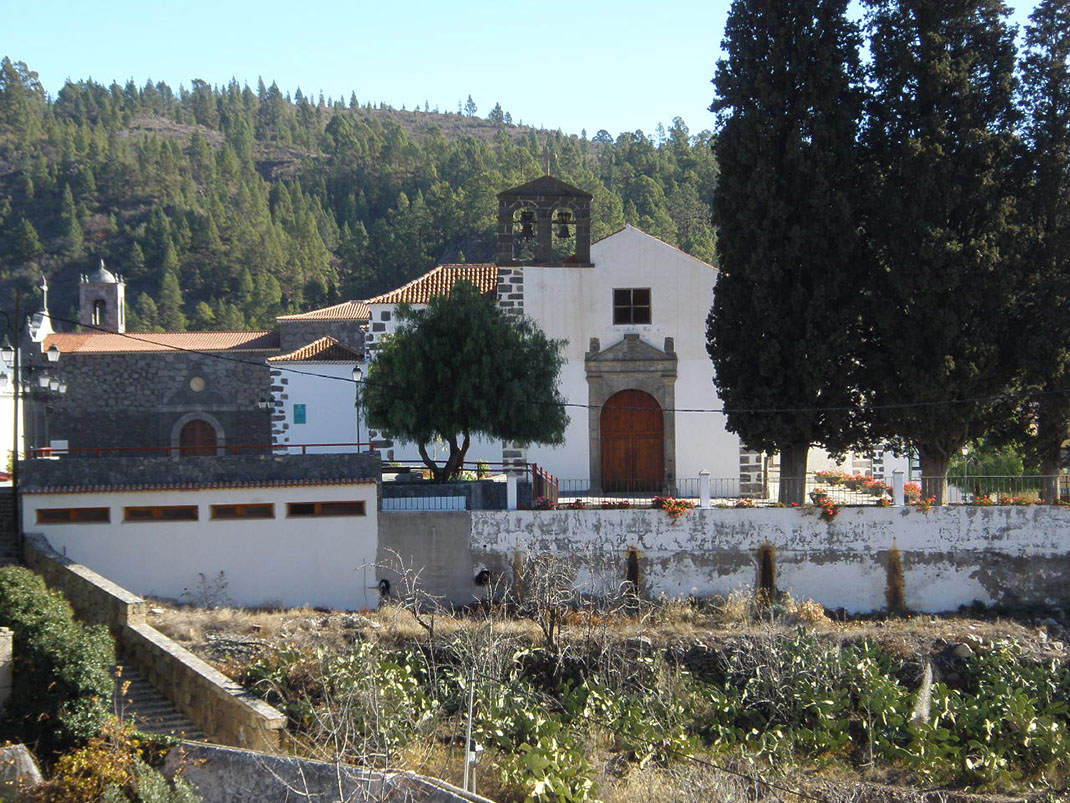
Related trails:
Consulta en este enlace el Catálogo de Bienes de Interés Cultural publicado por Patrimonio del Excelentísimo Cabildo de Tenerife.
Consulta en este enlace la información de los BIC del Gobierno de Canarias.





